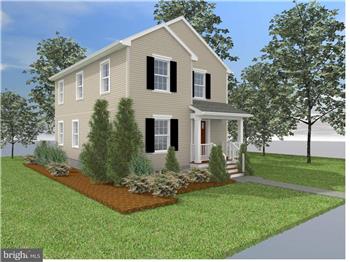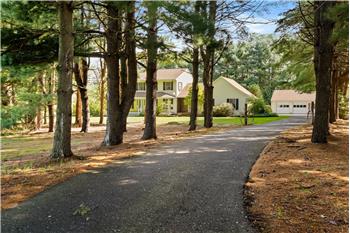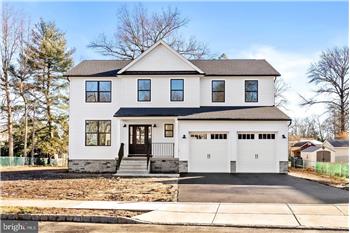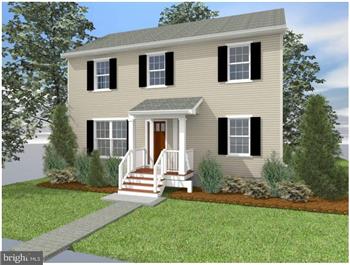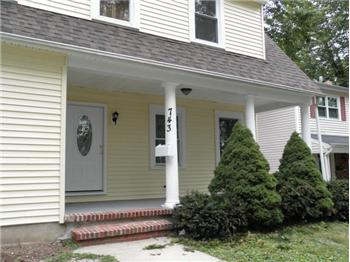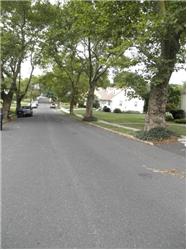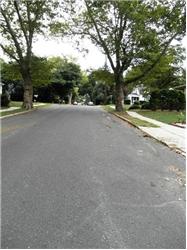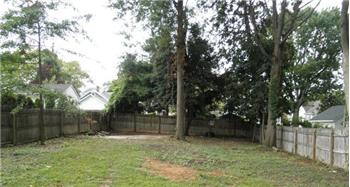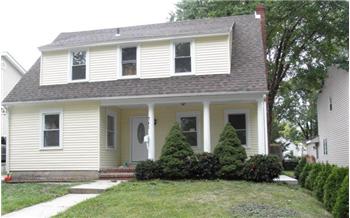  |
$229,900
Single Family Home 3 Bedrooms 1 Full Bathroom 1 Half Bathroom Interior: 1,742 sqft Lot: 7,500 sqft MLS #: 5763604
|
743 Bunker Hill Ave
|
Presented by Giancarli Real Estate Group |

|
Neighborhood InfoColonial Lakes: 5 homes have sold through August, 2010, ranging from $215,000 to $343,500.
Lawrence Township School District High – Lawrence (http://www.ltps.org/HighSchool.cfm?subpage=5932) Middle – Lawrence (http://www.ltps.org/MiddleSchool.cfm?subpage=5930) Intermediate – Lawrence (http://www.ltps.org/Intermediate.cfm?subpage=5928) Elementary – Eldridge Park (http://www.ltps.org/EldridgePark.cfm?subpage=5922 )
Directions: Rt 1 Business Dist to Bunker Hill Taxes $5440/2009 Lawrenceville, NJ
Lawrenceville is an unincorporated area in Mercer County, close to Mercer County Park, and within Lawrence Township. Located approximately halfway between Princeton and Trenton, it is also known as the village of Lawrenceville. The town was named after James Lawrence, a naval hero. The village of Lawrenceville not only has buildings of individual significance but also has a distinctive historic character. The village has maintained its extraordinary form and this has resulted in its listing as a historic district at the national, state, and most recently, at the local level. Most unusual is the survival of farmland that traces back to seventeenth century land transactions. Many houses, taverns, and farm houses of the eighteenth and nineteenth centuries are scattered throughout the district along with one of the state’s oldest Presbyterian churches and two cemeteries. Its core is the Main Street Historic District, which was listed in the New Jersey and National Registers of Historic Places in 1972, one of the first registered historic districts in New Jersey. (Link for Lawrenceville Main Street - http://www.lawrencevillemainstreet.com/.) Main street offers a Farmers Market, traditional holiday celebrations, a Fall festival, and great restaurants and retail services. The historic church dates back to Colonial days, and the renowned Lawrenceville School campus was designed by Frederic Law Olmsted. The local historic district fronts along Main Street and the Lawrenceville-Princeton Road (Route 206) for more than two miles. Schools Lawrence Township public schools (http://www.ltps.org/ ) Lawrenceville School (http://www.lawrenceville.org/ ), founded in 1810, is a well respected institution based on the House system, a central feature since the 19th century. All Second Formers live together in the Lower School; Third and Fourth Formers reside in Circle and Crescent Houses, and the Fifth Form is reunited as a class in senior housing. All Lawrenceville students—both boarding and day—develop a very strong sense of House pride and allegiance. The school also uses the collaborative Harkness approach to teaching. Recreation Colonial Lake Park centers around a 25 acre lake, and includes 3 tennis courts, a jogging path, and a variety of playground equipment. Colonial Lake is stocked each year by NJ Division of Fish and Game prior to the fishing season opening in April. Through the long summer days, high temperatures commonly get into the 80's, and summer night temperatures in the 60's. In wintertime the highs are mostly in the 30's and nighttime lows in the 20's. Colonial Lake gets a good deal of water; July is the wettest month with most rain, and the driest month is February. Colonial Lake is on Shabakunk Creek. Construction was completed in 1925. It has a normal surface area of 17 acres. Colonial Lake Dam is of earthen construction, a gravity dam. Its capacity is 85 acre feet, and drains an area of 12 square miles. Other recreational spots close to Colonial Lake are Spring Lake, Whitehead Pond, Princeton Country Club and golf course, whitewater on the Delaware River, rapids of Raritan River - South Branch.
|
